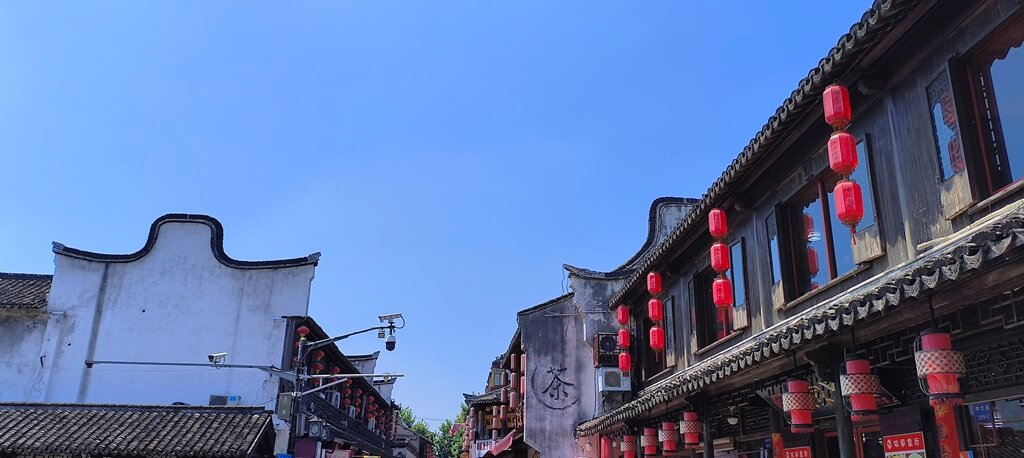Beijing, China – Recent online claims that Chinese high-speed trains consume 10,000 kilowatt-hours (KWH) of electricity per kilometer have been refuted by official sources. The Chinese Railway Corporation has clarified that these assertions are misleading and do not align with actual data.
Misinformation Circulates Online
The misinformation gained traction on social media platforms, prompting the Chinese Railway Corporation to issue a statement correcting the factual inaccuracies. The corporation’s official WeChat account detailed the true energy consumption figures of China’s high-speed trains, highlighting their energy-efficient and environmentally friendly nature.
Energy-Efficient Design
According to the statement, Chinese high-speed trains are designed to minimize energy consumption through several innovative features:
- Lightweight Materials: The use of lightweight composite materials in the train bodies reduces overall weight, thereby decreasing the energy required for traction.
- Aerodynamic Design: Streamlined head shapes and sunken pantographs help minimize air resistance, further cutting down on energy use.
- Regenerative Braking: The trains utilize a regenerative braking system that converts kinetic energy into electrical energy, which is then fed back into the power grid.
Low Energy Consumption
The official data revealed that the four main models of high-speed trains (CRH380A, CRH380B, CR400AF, and CR400BF) consume significantly less electricity per kilometer than the erroneous claim of 10,000 KWH. Based on tests conducted on the Beijing-Shanghai High-Speed Railway (a round trip distance of 2636 kilometers) at a speed of 350 km/h, the trains consumed between 21.4 KWH and 23.5 KWH per kilometer.
Comparisons with Other Rail Systems
The statement also addressed claims that Japanese Shinkansen trains are more energy-efficient than Chinese high-speed trains. The comparison was deemed unfounded, as the Shinkansen 500 series, which consumes 43 KWH per kilometer in a 16-car configuration, would roughly equate to 21.5 KWH per kilometer in an 8-car configuration. This is comparable to the average consumption of Chinese high-speed trains, which is around 21.4 KWH per kilometer. It is also worth noting that the Shinkansen operates at a maximum speed of 300 km/h, while Chinese high-speed trains can reach 350 km/h.
Advantages Over Other Transportation
Chinese high-speed trains have distinct advantages in terms of energy consumption compared to other modes of public transportation. Their large capacity and long train compositions allow them to transport a high number of passengers at a lower energy cost per passenger. Statistics show that the per capita energy consumption of Chinese high-speed trains is only 18% of that of airplanes and about 50% of that of large buses.
Future Developments
Looking ahead, the China Railway Group plans to continue advancing the development of new high-speed train models that are faster, more energy-efficient, and safer. The corporation aims to:
- Develop New Materials: Introduce lighter and stronger materials to reduce the weight of trains and decrease energy consumption.
- Enhance Traction Systems: Develop new high-efficiency traction systems to further improve energy conversion efficiency.
- Implement Smart Controls: Utilize artificial intelligence and big data analysis to monitor train operations, payload, and environmental conditions in real-time, adjusting energy consumption strategies automatically for more intelligent train control.
Public Response
The clarification has been met with positive feedback from the public. Many netizens have praised the efficiency and environmental friendliness of Chinese high-speed trains, emphasizing the convenience and peace of mind they offer for travel.
As China continues to expand its high-speed railway network, the focus on sustainability and efficiency remains a priority, ensuring that the country’s railway system remains at the forefront of technological innovation.
Views: 0
